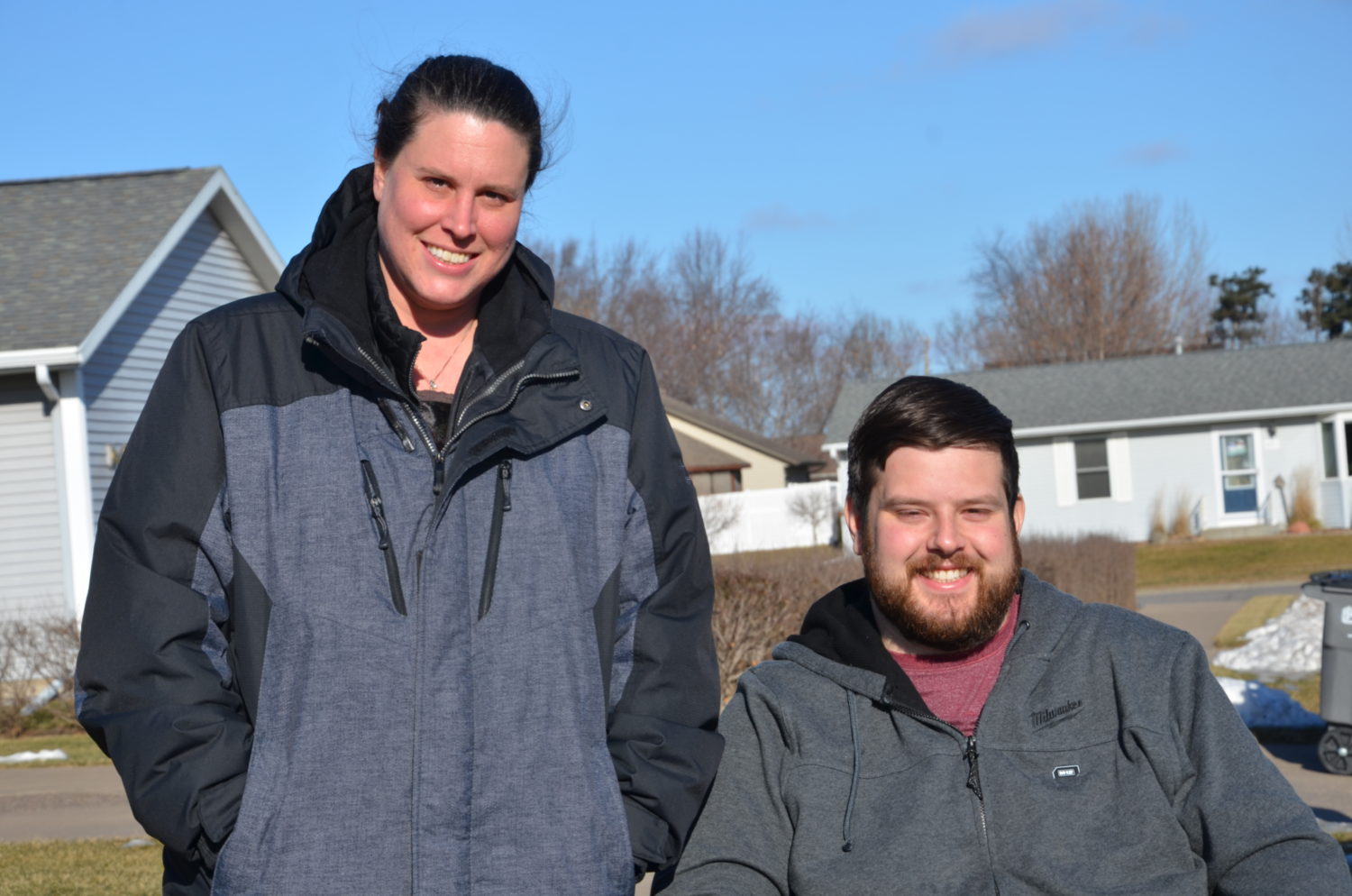What is Precision Medicine
Precision medicine is the concept of tailoring disease treatment and prevention to account for differences in genetic, environmental, or even lifestyle factors specific to groups of people.1 Precision medicine takes genetic and biochemical information unique to a group of patients and uses that information to develop more specific and streamlined medications or treatments. The goal is to ensure that each medication or treatment is best suited to treat the individual, resulting in decreased side effects and increased effectiveness.2
Precision vs Personalized Medicine
Although the terms precision medicine and personalized medicine are used interchangeably, there can be nuanced differences. The National Research Council (NRC) issued a statement saying that the term “personalized medicine” can refer to a treatment that may be completely individualized to a specific patient, which is not the true definition of precision medicine.3 The difference here is that precision medicine seeks to create treatments that are applicable to groups of individuals who meet certain characteristics. This is different from “personalized medicine,” which implies individualized treatments available for every unique patient.
Current Landscape
In 2015, the Precision Medicine Initiative (PMI) was launched, with $215 million dollars invested into precision medicine research.4 A new program was created—All of Us Research Program—which had the goal of recruiting 1 million Americans and creating a nationwide database for research.5 Other examples of precision medicine initiatives include the Geisinger Health System’s National Precision Health Initiative, the Partnership for Accelerating Cancer Therapies (PACT), and Cancer Moonshot.1 There has been particular success in the field of cancer, with new medications developed for a specific cancer types with certain genetic characteristics. With increased funding, decreased costs to sequence DNA and analyze genetic information, and improved data analytics, many believe precision medicine to be the future of healthcare delivery.
- Bresnick, Jennifer. 2018. “What Are Precision Medicine and Personalized Medicine?” HealthITAnalytics. HealthITAnalytics. January 11, 2018. https://healthitanalytics.com/features/what-are-precision-medicine-and-personalized-medicine.
- Genetics Home Reference. n.d. “What Is the Difference between Precision Medicine and Personalized Medicine? What about Pharmacogenomics?” Genetics Home Reference. Accessed October 11, 2019. https://ghr.nlm.nih.gov/primer/precisionmedicine/precisionvspersonalized
- Council, National Research, Committee on a. Framework For Development a. New Taxonomy of Disease, and Others. 2010. Toward Precision Medicine: Building a Knowledge Network for Biomedical Research and a New Taxonomy of Disease. National Academies Press.
- “FACT SHEET: President Obama’s Precision Medicine Initiative.” 2015. Whitehouse.gov. January 30, 2015. https://obamawhitehouse.archives.gov/the-press-office/2015/01/30/fact-sheet-president-obama-s-precision-medicine-initiative.
- “Program Overview – All of Us | National Institutes of Health.” n.d. Accessed October 11, 2019. https://allofus.nih.gov/about/all-us-research-program-overview.
 There’s nothing quite like a good comeback. It’s a testament to the determination of the human spirit, and a reminder of why second chances can be a great thing. The beauty of a comeback is that it happens in many forms. It could be an athlete getting back on the field after a major injury, or a determined older student going back to school to finally earn their degree. For Adam McCullough, it’s finding his way back into the driver’s seat.
There’s nothing quite like a good comeback. It’s a testament to the determination of the human spirit, and a reminder of why second chances can be a great thing. The beauty of a comeback is that it happens in many forms. It could be an athlete getting back on the field after a major injury, or a determined older student going back to school to finally earn their degree. For Adam McCullough, it’s finding his way back into the driver’s seat.